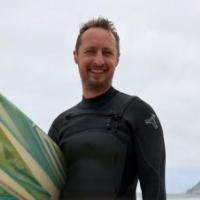
Job Description
My role at ESA is that of a coastal and civil engineer. My focus is on natural systems restoration design, coastal flooding hazards analysis, and sea-level rise adaptation planning. I joined ESA (formerly Philip Williams & Associates) in 2007 after completing a Master's degree in Ocean Engineering at the University of Delaware, and have been involved in restoration design of several thousand acres of tidal wetlands, lagoons, and beaches. The restoration work requires high-level planning, technical analyses including hydraulic and geomorphic modeling, field data collection, and preparation of construction plans and specifications. Some examples of this work are: the tidal wetlands restoration for the South Bay Salt Pond Restoration in South San Francisco Bay; managed retreat and beach restoration at Surfers' Point in Ventura, California; coastal lagoon restoration at Devereux Slough at the UC Santa Barbara campus; and much more.
Much of my work includes assessing the existing and future extents of wave runup and coastal flooding due to sea-level rise, which is often completed to address permitting requirements or to inform local planning. Our group has also developed innovative and break-through methods for assessing the erosion response of the California coast to sea-level rise.
ESA is also a leader in multi-objective climate change adaptation planning, striving to balance needs of infrastructure, habitat, and recreation. Our approach is to use natural systems as a major component of how our communities will respond to sea-level rise and other changes in our climate. For example, at Ocean Beach, San Francisco, we supported a multi-disciplinary team develop the Ocean Beach Master Plan to outline how the City and community can maintain a healthy beach over time in the face of sea-level rise. Subsequently, we helped the San Francisco Public Utilities Commission evaluate and refine the feasibility of the adaptation concepts that are now being designed to protect critical wastewater facilities while removing intrusive rock and rubble to restore the beach.

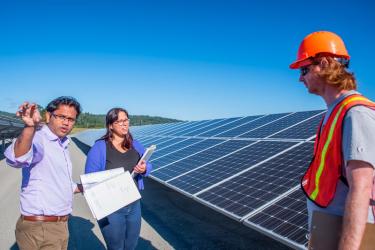
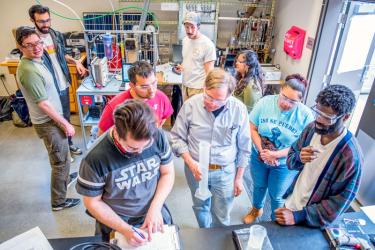
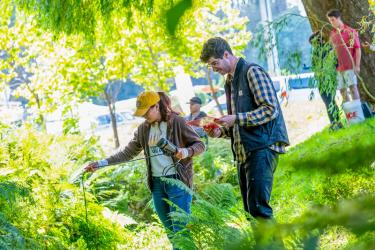
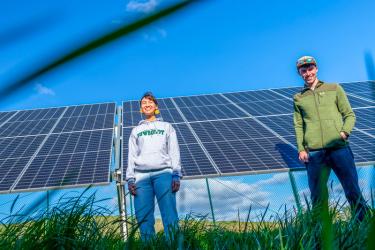
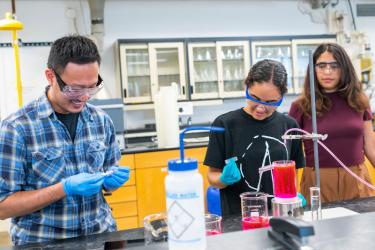
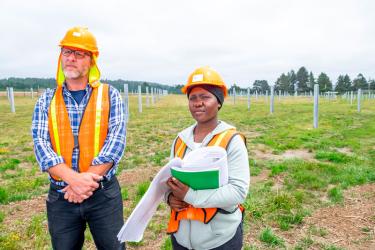
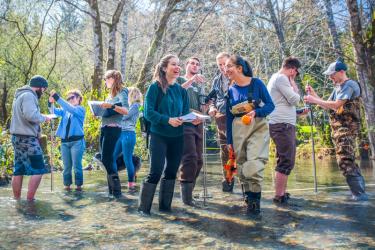
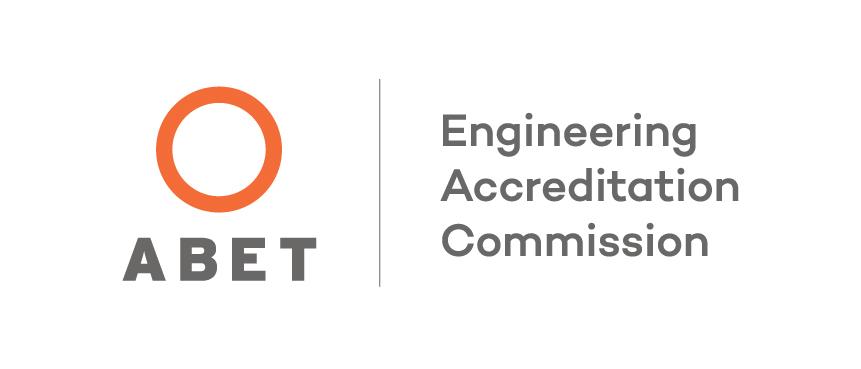
Other comments?
Feel free to e-mail me if you are curious on my past and current experiences, and if you are interested in coastal engineering. Although the coastal processes were not covered much while I was in the ERE program, I was able to explore that in graduate studies and more in my professional career. There is a need for good coastal engineers that want to use natural systems for restoring and adapting our coasts and estuaries. RESPECT THE BEACH !